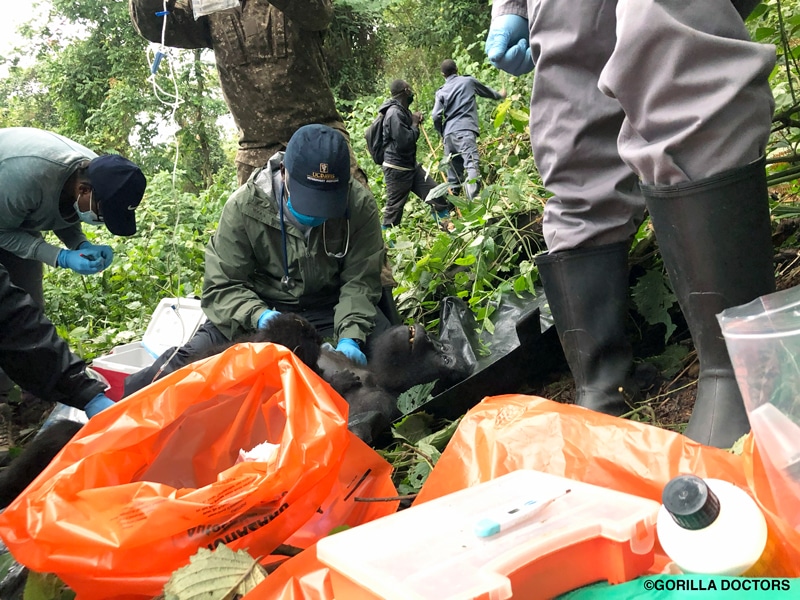
Veterinarians, like professionals in human health, have long been taught: “first, do no harm.” The desire to do good can sometimes get in the way of an appropriate decision. This chapter focuses on the need for a decision-making process for intervention in each situation—and on the importance of using available information and knowledge to inform and guide that process.
It begins with a historical recap of the evolution of ape health-focused interventions. It continues by examining reasons to intervene, skills required for effective interventions, the ethical implications of vaccination, and the factors that inform interventions at the systems level, such as capacity building, technological advances, and the availability of relevant toolboxes and approaches. Through a variety of case studies—on topics as diverse as intervening in unregulated settings and improving diagnostics—the chapter delves into real-world scenarios that are rarely covered in ape health management resources.
Key findings include:
- Decisions to intervene are necessarily context-specific and potentially differ based on whether targeted apes live inside or outside their natural habitat and whether they are captive, habituated, or wild.
- Concerns regarding the health of both the individual and the population require consideration in intervention decisions.
- Best practice in the consideration of potential interventions involves a risk-based approach designed to inform the decision-making process based on assessments of the consequences of both intervening and not intervening.
- Ape health intervention teams that possess requisite qualifications—such as diagnostic, veterinary, and communication skills—are more likely to secure and maintain positive health outcomes, especially if they arrange for independent auditing of their welfare and health management processes.
